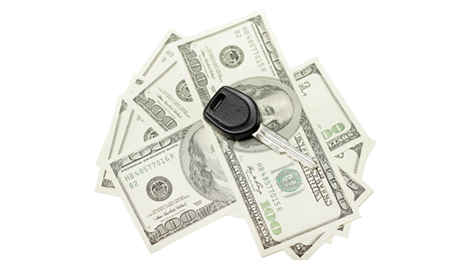Seasonality trends impact December ABS performances

Reasons that S&P Global Ratings analysts expected to see when comparing December U.S. auto loan ABS performance against the previous month surfaced again, according the firm’s latest report released on Wednesday.
Analysts found that collateral performance in the U.S. prime and subprime auto loan asset-backed securities (ABS) sectors for December were mixed compared with November.
“As expected, seasonal factors caused losses and delinquencies to rise month-over-month, but recoveries did improve slightly,” analysts said. “On a year-over-year basis, both sectors continued to demonstrate weakness with delinquencies and losses increasing and recoveries declining for the prime sector.
However, the modified subprime composite, which excludes large deep subprime pools, reported year-over-year stability in delinquencies and recoveries,” they continued.
According to a report published by S&P Global Ratings, prime net losses increased month-over-month to 0.76 percent in December from 0.70 percent in November. The report mentioned the previous year’s reading stood at 0.58 percent.
In fact, the firm pointed out that December’s loss rate of 0.76 percent is the highest since January 2011.
“We attribute most of the year-over-year uptick in losses to a couple of regional banks whose auto loan ABS transactions we began rating in 2014 becoming a slightly larger share of the prime index,” S&P Global Ratings analysts said.
S&P Global Ratings credit analyst Amy Martin elaborated about that point further.
“Also, not only do these issuers have slightly higher losses than the more-established prime securitizers, but their 2015 securitizations are experiencing weaker performance than their 2014 deals,” Martin said.
The report showed the subprime net loss rate increased to 8.52 percent in December from 8.44 percent in November and 7.76 percent in December 2015. Analysts explained this 76-basis-point year-over-year increase in losses is due to lower recoveries and deep subprime finance companies representing a greater share of the subprime index.
Therefore, as a supplement to its subprime index, S&P Global Ratings reiterated that the firm created the modified subprime index, which excludes certain high-loss deep subprime issuers — DRIVE, ACA and Exeter Automobile Receivables Trust.
Looking at that adjusted view, the report indicated the modified subprime net loss rate increased only 26 basis points year-over-year to 7.00 percent in December, up from 6.74 percent in December 2015.
Analysts went on to note that prime recoveries in December climbed on a monthly basis to 51.97 percent from 50.04 percent in November but softened from 53.56 percent in December 2015.
Subprime recoveries moved higher month-over-month to 39.94 percent in December from 33.97 percent in November and 39.66 percent in December 2015.
“November’s low recovery rate was due to a large deal reporting a low recovery rate in its first month,” analysts said.
The report also provided an update on average collateral trends in prime and subprime auto loan ABS. S&P Global Ratings observed that prime securitizations in 2016 had the highest percentage of used vehicles at 34 percent since it started tracking this metric.

 View The Latest Edition
View The Latest Edition

